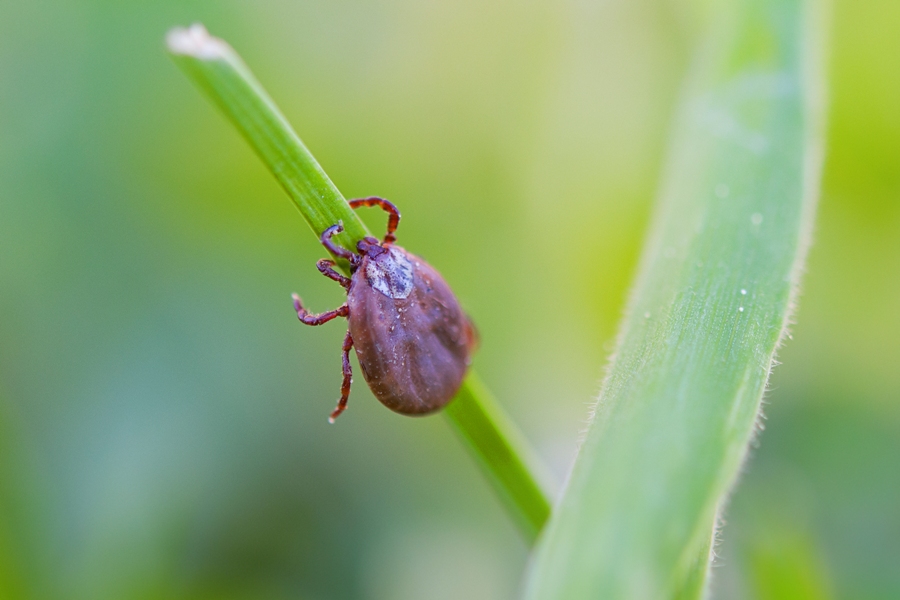How long do symptoms of Lyme disease last?
The symptoms of Lyme disease can last a long time. A study published in the New England Journal of Medicine indicates that patients with chronic neurologic Lyme disease were ill for up to 14 years. [1] Two additional studies sponsored by the National Institutes of Health (NIH) found that people with chronic manifestations of Lyme disease were ill an average of 4.7 and 9 years. [2,3]
COVID-19 long-haulers and Lyme disease patients share similar frustrations
As I was reviewing an opinion article by Pooja Yerramilli, a resident physician in the global medicine/internal medicine program at Massachusetts General Hospital in Boston, I recognized the frustrations expressed by COVID-19 patients, as many of my Lyme disease patients have found themselves in similar situations.
Opinion: Neurologic problems in Lyme disease also seen in COVID-19
Doctors have been describing neurologic problems in Lyme disease patients for decades. Thirty years ago, Lyme encephalopathy and Lyme neuropathy were discussed in the New England Journal of Medicine. Since then other neurologic problems in Lyme disease have been described including Neuropsychiatric Lyme disease and Pediatric Acute-onset Neuropsychiatric Syndrome (PANS). Now, patients with COVID-19 are reportedly experiencing neurologic problems.
Behaviors for the prevention of Lyme disease vary between regions
Personal protective equipment, commonly referred to as "PPE", have been introduced to minimize exposure to the COVID-19 virus. Personal Protective Measures (PPM) have been introduced to minimize exposure to ticks and assist in the prevention of Lyme disease and other tick-borne illnesses.
Autonomic dysfunction in a 64-year-old woman with a history of Lyme disease and COVID-19.
I will be discussing autonomic dysfunction in a 64-year old woman with a history of Lyme disease and COVID-19. She was initially diagnosed and treated for Lyme disease at the age of 60. She was diagnosed with two autonomic disorders. Her distal burning sensation without weakness were diagnosed as small fiber neuropathy (SNF). Her dizziness, brain fog, and fatigue were diagnosed as orthostatic hypoperfusion syndrome (OCHOS).She was diagnosed with COVID-19 pneumonia at the age of 64. She was treated with IVIG but was left with headaches and fatigue. The authors ...
Infections can impact tick behavior and increase survival
Researchers have extensively investigated how pathogen infections can affect behavioral traits of insects such as mosquitoes, sand flies and kissing bugs. But, “research on how pathogens can modify tick behavior is patchy,” states the author of a newly published review. [1]
What does a Lyme disease rash look like?
Many people assume that a Bull’s-eye or erythema migrans (EM) rash is a common manifestation of Lyme disease. And that the lack of a rash confirms a person does not have the disease. This is far from the truth. The EM rash can be absent in at least 50% of Lyme disease cases. In fact, a LymeDisease.org survey of 3,000 patients with chronic Lyme disease found that only 40% reported a rash of any kind. Additionally, if present, an EM rash does not always appear as a classic target lesion with a central clearing, according to new study findings. [1]
What are Lyme disease co-infections?
When Lyme disease was first discovered in 1975, it was the only known tick-borne illness recognized by clinicians. The disease, which is caused by an infection with the bacterium Borrelia burgdorferi, is transmitted through the bite of a black-legged (I. scapularis) tick.
Signs and symptoms of Lyme disease
The broad range of signs and symptoms of Lyme disease and the varying presentations from person to person make diagnosing the disease challenging. Furthermore, Borrelia burgdorferi spirochete are adept at evading the immune system. The bacterium can travel through the bloodstream, burrow into tissue and remain dormant for days, months, or even years before symptoms arise.
What is Lyme disease?
Despite the growing number of Lyme disease cases in the United States, many individuals still receive conflicting information and wonder: What is Lyme disease, how do you get it, what is the best treatment, and can it be cured?












